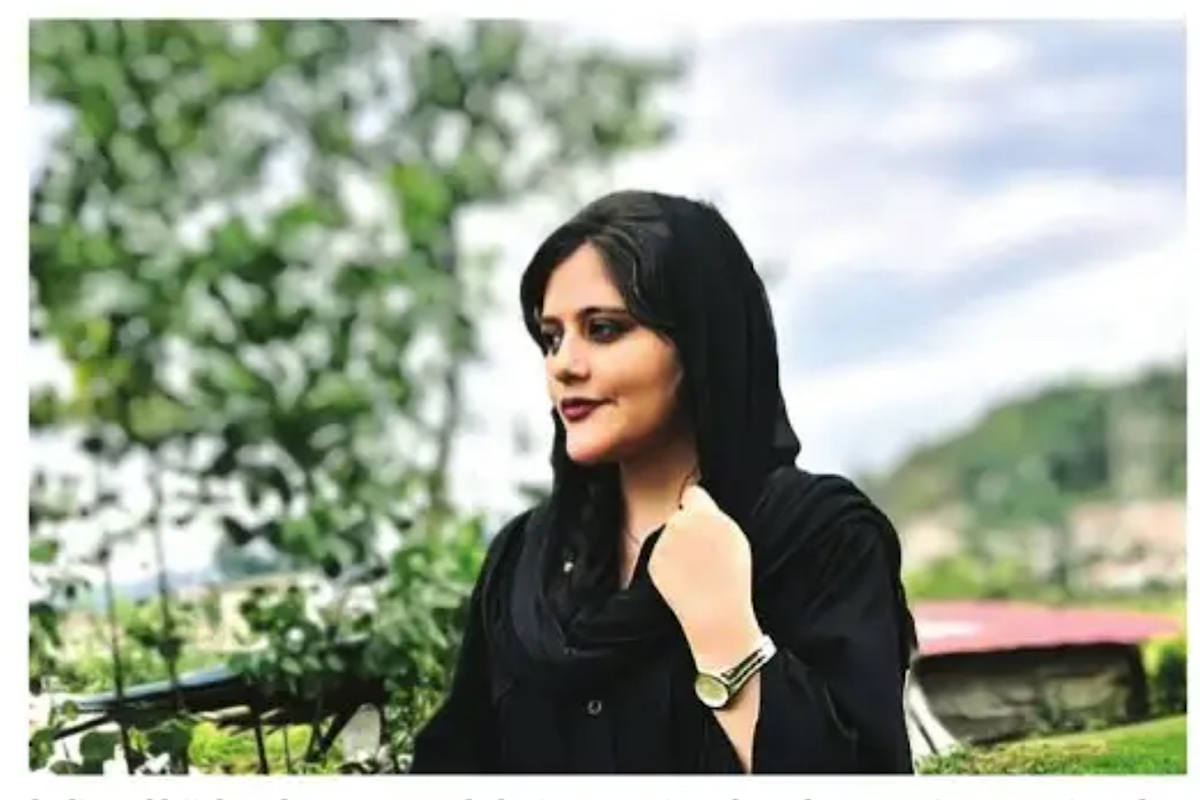The UN’s fact-finding mission recently found Mahsa Amini’s custodial death as ‘unlawful’, and the subsequent state crackdown, an ‘egregious human rights violations’. In September 2022, Mahsa died in the custody of Iran’s Morality Police for violation of the Islamic Republic’s mandatory ‘hijab norms’. Her death created a global stir in the Muslim and non-Muslim world, evoking a debate over state-sponsored regulatory mechanisms versus women’s bodily autonomy and the right for choice.
Iran’s clerical leadership in 1981 declared ‘hijab’ or the Islamic headscarf as ‘one of the core principles of governance’. The protests that followed Mahsa’s death, under the banner of ‘women, life and freedom’, further hardened Iran’s stand, and now, it has gone for a stricter ‘hijab’ and chastity legislation without any public debate. The new law classifies ‘improper hijab’ as a crime, imposes higher terms of imprisonment (5-10 years) and a larger fine of up to 360 million Iranian rials ($8,508). It also embarks on ‘economic repression’, by arm-twisting businesses, celebrities, and public figures who are seen to be encouraging or allowing the rules to be broken (Human Rights Watch). The UN described it ‘as a form of gender apartheid, and deeply disempowering’. An Iranian expert at the Stimson Centre commented that it is a ‘psychological campaign’ to ‘scare women into compliance’. An Iranian human rights lawyer (IHRDC), demanded its immediate abolition.
Advertisement
Nevertheless, a 2018 study indicated that about ‘49 per cent of Iranians believed hijab to be a personal choice, not a mandate’. In neighbouring Taliban-ruled Afghanistan, UN agencies have ‘documented a series of hijab decree enforcement campaigns’ (UNAMA). The country’s Ministry for the Propagation of Virtue and Prevention of Vice, ‘warned’ and ‘detained’ many women for wearing ‘bad hijab’ in public places, and subjected them to physical violence, threats and intimidation (OHCHR). In 2022, women were asked to don ‘proper hijab’, by wearing a ‘chadari’, a loose black garment covering the body and face, and made male relatives responsible for its implementation.
The UN special envoy for Afghanistan expressed concern that such measures would push women and girls into ‘greater isolation’, and create ‘a permissive environment for men at home to enforce repression’. The Taliban authorities, however, dismissed such aspersions, saying that ‘Afghan women wear hijab of their own accord’, and justified the dress code as ‘Shariah-prescribed’. Iran and Afghanistan are the only two countries which have made the practice of Islamic veiling compulsory by law.
Several Muslimmajority countries have banned the burqa/ hijab in public schools and universities or government buildings, such as Tunisia (since 1981, partially lifted in 2011), Kosovo (since 2009), Azerbaijan (since 2010), Kazakhstan, and Kyrgyzstan. In 2022, in India, the Karnataka Government banned hijab in educational institutions, and, when it was challenged at the state HC, the ruling upheld the order, and declared that ‘it is not an essential religious practice’. In the non-Muslim world, the European Union has about 4.9 per cent of Muslims in its population, and some countries in Western Europe, like France (8.8 per cent), the UK (6.3 per cent) and Germany (6.1 per cent) have higher shares.
The rising wave of immigration has created a churning in society and made it an important issue in electioneering. In mid-2017, a 15-Western European country survey, disclosed that ‘most non-Muslim adults favour at least some restrictions on religious clothing of Muslim women who live in their country….’(Pew Research Center survey ). Countries like Austria, France, Belgium, Denmark, Bulgaria, the Netherlands (in public schools, hospitals and on public transport), Germany (partial bans in some states), Italy (in some localities) and Spain (in some localities of Catalonia) have introduced full or partial ban of the hijab /burqa. The Western European liberal feminists labelled Islamic veiling as a symbol of ‘oppression’ ( Yurdakul, 2009).
Even some from the Arab and Muslim world like Gisele Halimi, Amara, Bellil et al termed it, as ‘a terrible symbol of women’s inferiorization’ and considered the restrictions as emancipatory projects. Nevertheless, political scientists like Catherine Bullock, outrightly rejected such Western stereotypes, and propounded that ‘it is the European Islamophobic mindset that has made the issue anti-feminist’, overlooking its ‘non-repressive aspects’. It actually acts as ‘a sign of resistance against the consumerist capitalist culture of the 21st century, and enables women to fulfill their role in the public’, she argued (Rethinking Muslim Women and the Veil: Challenging Historical and Modern Stereotypes, 2002). A 2018 study titled ‘Islam’s (In)compatibility with the West?: Dress Code Restrictions in the Age of Feminism’, contended that ‘Islam is not inherently incompatible with Western values, and described the phenomena at the Western societies’ general reluctance to directly engage with Islam’.
In today’s globalised society, the veil has evolved from a cultural and traditional emblem to a form of protest to reinforce a Muslim woman’s identity (Smith, 2004). Many Islamic scholars also observed that ‘it is ironic that the headscarf has become symbolic of Islamic identity, though, it is not at the core of the Islamic faith or part Sharia, but a matter of personal choice’ (Khaled Abou El-Fadl & Moiz Amjad). Many others noted that ‘it is subject to socio-cultural norms, changeable … and more specific to the Arab culture’ (Abu Zayd, Zaki Badawi, Gamal alBanna, Khalid Zaheer Shehzad Saleem, et al). However, in the wave of Islamic conservatism in Egypt in the early 2000s, the Grand Mufti of Egypt, the Egyptian Fatwa Authority, proclaimed that ‘hijab is obligatory for adult Muslim women. …although, it is not a symbol of Islam’. Now, amidst divergent narratives, afflicted women’s voices get drowned, and her freedom for choice is sidelined. Shouldn’t the contemporary world look for a woman’s real empowerment, irrespective of her religious identity, by enriching her with resources and opportunities to entitle her to live a life on her own terms?
(The writer is former Director-General, Doordarshan and All India Radio and a former Press Secretary to the President of India.)











